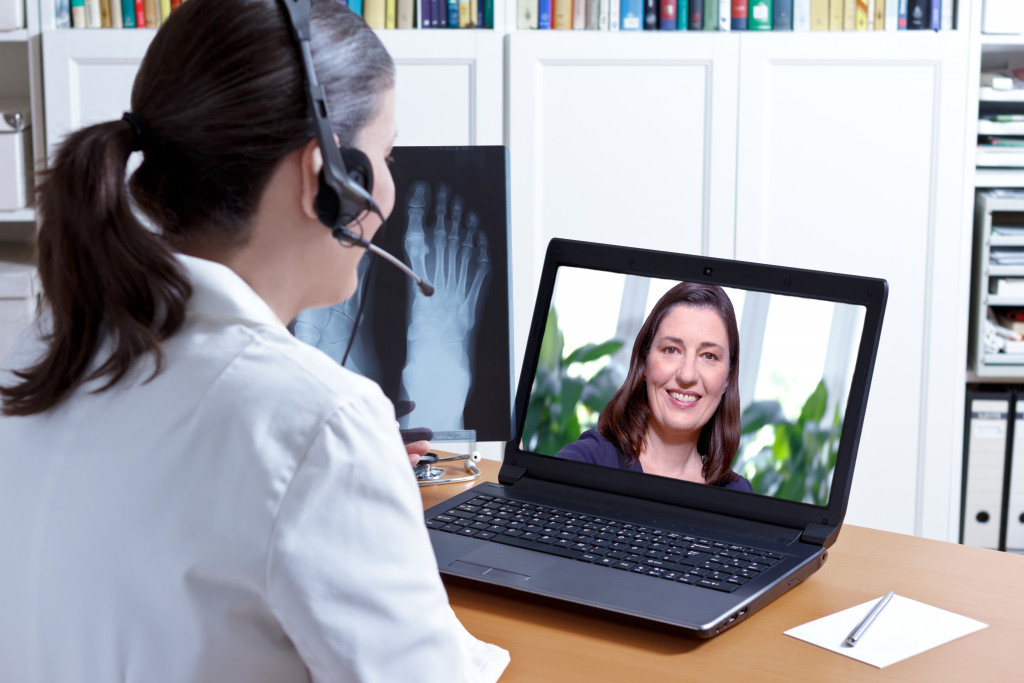Medical experts and healthcare professionals are reshaping healthcare that the modern world is reaping the benefits of their research and lifelong work. The recent medical breakthroughs once started out as ideas. After years of research, studies, and voluntary and paid clinical trials, they are now revolutionizing the industry and saving many lives in the process. If you haven’t heard about the most important recent medical breakthroughs as the media frenzy around the pandemic and vaccinations are mostly getting coverage, then read on to find out the ones you should know about.
The Latest Medical Breakthroughs That are Changing Healthcare
It’s not surprising how far the technologies available these days are immensely changing every aspect of the world. It could be tough to keep with every change happening in this fast-paced world, but when it comes to healthcare, here are the ones that you should know about:
Continuomics
In the past, drug trials took so much time to be completed, with some volunteers even giving up as they have day jobs they have to be at during their scheduled medical appointments. Fortunately, drug trials can now be completed with lesser time, more efficient research, and more accurate results with Continuomics, a new technology used for drug trials.
Continuomics allows healthcare experts to assess how volunteers react to a new drug they need data on remotely. With Continuomics, physicians can see important data, like their blood pressure, heart rate, and more, without any interruptions. Because of this technology, new drugs can be approved, developed, and distributed in a shorter period of time.
Telehealthcare

Virtual healthcare or telemedicine has been around for quite some time, but it has only become more widely used since the start of the Covid-19 pandemic by healthcare providers to help their patients remotely. Of course, the lockdowns and social distancing made it more challenging for patients to get the kind of healthcare they needed, so the industry had to adapt. With this technology, no patient has to commute to a healthcare facility when they don’t need to, thus reducing their risk of being exposed to the bigger threat, the CoVid-19 virus.
Wearable Healthcare
Some patients with underlying diseases need constant monitoring; an example would be people with diabetes whose blood sugar levels need to be tested and maintained all the time. Now, with wearable diabetes monitors being more widely available, they don’t need to go through testing as the device shows their real-time blood sugar levels to know when they need to take specific medicines or change the food they’re eating.
3D Printing
3D printing or additive manufacturing is a technology of creating a three-dimensional replica of an object based on soft files or designs created using a computer. You might be wondering how this technology can be used for healthcare when it’s mostly used to make toys, sculptures, food, and more. This method basically allows healthcare providers better materials that patients need, and they are mostly used to make perfect-fitting prosthetic limbs.
This technology can also print surgical equipment and tools, and replicas of bones, blood vessels, and organs to help physicians diagnose and treat many illnesses with tumors and the like.
Nanomedicine
Nanomedicine uses different branches of medicine to prevent, diagnose, and treat diseases. This technology uses nanoscale materials, nanorobots, nanoparticles, and more, to deliver drugs and other treatments needed to detect diseases at an early stage and even help cure them. Currently, nanomedicine is being used to treat tumors and cancers, which could allow better research and technology to be made soon.
Medical digital assistants
Alexa and Siri are digital assistants that more people know of, so imagine these kinds of technologies in the healthcare industry and how they can assist healthcare professionals in getting tasks done faster. In the healthcare industry, they are mostly used to record, look up, and analyze patients’ records that would allow physicians to save some time they would usually use when they shuffle through cabinets of files and medical records.
Augmented reality and virtual reality
Most gamers know that augmented reality and virtual reality make video games more immersive. Still, they help provide therapy to people suffering from PTSD, phobias, and other mental illnesses in the healthcare industry. These tools also help surgeons to practice before performing tricky surgeries on their patients.
Indeed, technology and healthcare go hand in hand and have caused the medical world to go a long way. With all these promising tools, gadgets, and technologies, the future of humanity in the hands of healthcare experts and scientists continues to look promising.
